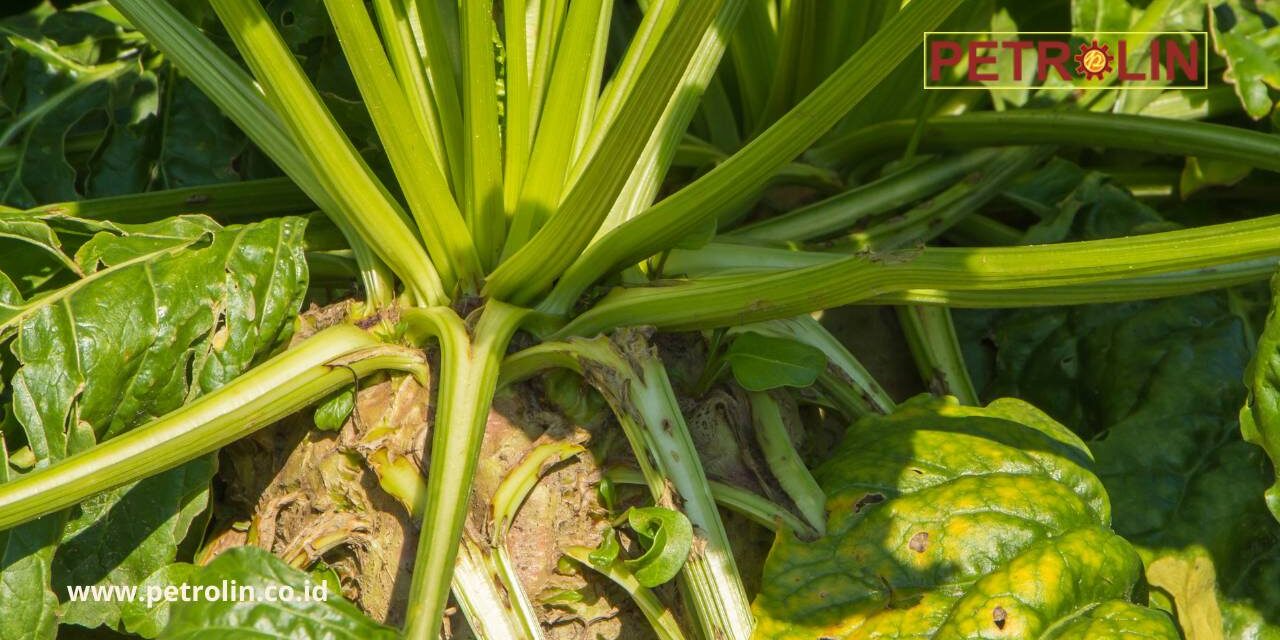As global energy demand rises and efforts to reduce carbon emissions increase, alternative fuels like bioethanol are gaining more attention. Bioethanol is considered one of the green energy solutions with the potential to replace fossil fuels. This article will explore bioethanol comprehensively, from its definition, production process, and benefits to its potential use as a sustainable energy source.
Additionally, we will delve into the development of palm oil-based Green Fuels, including Green Diesel (D100), Green Gasoline (G100), and Bioavtur (J100), which are seen as part of the future of environmentally friendly energy solutions.
What Is Bioethanol?
Bioethanol is a fuel produced from the fermentation of carbohydrate-rich biomass sources such as corn, sugarcane, cassava, and other grains. It is a type of biofuel, meaning it is renewable and environmentally friendly. Bioethanol is used as an alternative fuel that can be mixed with gasoline to reduce dependence on fossil fuels and lower greenhouse gas emissions.
Key Facts About Bioethanol:
- Bioethanol is made from renewable raw materials.
- It can be blended with gasoline in various proportions.
- Using bioethanol helps reduce carbon emissions, supporting global climate change mitigation efforts.
The Bioethanol Production Process
The production of bioethanol involves several essential stages, including:
- Raw Material Collection
The main raw materials for bioethanol production are carbohydrate-rich plants like corn, sugarcane, and cassava. These plants are processed to extract the sugars that will be fermented. - Fermentation Process
After collecting the raw materials, the sugars are converted into ethanol through fermentation. Microorganisms like yeast are used to transform sugars into ethanol and carbon dioxide. - Distillation
Once fermentation is complete, the mixture of ethanol and water is separated through distillation. This process produces high-concentration ethanol that is ready to be used as fuel. - Blending with Gasoline
Bioethanol can be used directly or blended with gasoline to create a more eco-friendly fuel mix. Common blends include E10 (10% bioethanol, 90% gasoline) and E85 (85% bioethanol, 15% gasoline).
Benefits of Using Bioethanol as a Fuel
Using bioethanol as a fuel has various environmental and economic benefits. Some of the main advantages include:
- Environmentally Friendly
One of bioethanol’s key advantages is its ability to reduce carbon emissions. Bioethanol is considered a carbon-neutral fuel because the carbon released during combustion is equivalent to the amount absorbed by the plants during their growth. - Renewable Energy Source
Bioethanol is produced from renewable crops like corn, sugarcane, and cassava, making it more sustainable than finite fossil fuels. - Reducing Dependence on Fossil Fuels
By using bioethanol as an alternative fuel, we can reduce our reliance on fossil fuel imports and improve national energy security. - Boosting Local Economic Growth
Bioethanol production can create economic opportunities for farmers and local producers who grow bioethanol raw materials. It can also stimulate the growth of the domestic biofuel industry.
Palm Oil-Based Green Fuel: The Future of Green Energy
In addition to bioethanol, palm oil-based green fuel development is gaining attention. Several products derived from Crude Palm Oil (CPO) are being developed, such as Green Diesel (D100), Green Gasoline (G100), and Bioavtur (J100).
Here’s a brief explanation of each product:
- Green Diesel (D100)
Green Diesel is a diesel fuel entirely produced from vegetable oil, particularly CPO. Green Diesel (D100) can be used directly in diesel engines without engine modifications, and it produces lower emissions compared to fossil diesel. - Green Gasoline (G100)
Green Gasoline is a gasoline fuel also derived from palm oil. G100 aims to reduce CO2 emissions and improve energy efficiency in vehicle fuel use. - Bioavtur (J100)
Bioavtur is aviation fuel made from CPO. The use of Bioavtur (J100) is expected to reduce greenhouse gas emissions in the aviation industry, which is one of the sectors with significant carbon footprints.
Developing palm oil-based green fuels is essential in Indonesia’s efforts to become a leading producer of green energy while also reducing fossil fuel dependence and lowering carbon emissions.
Challenges in Bioethanol Production
Despite its numerous benefits, bioethanol production faces several challenges that need to be addressed:
- High Production Costs
The bioethanol production process, from raw material collection to distillation, incurs relatively high costs compared to fossil fuels. This often serves as a barrier to mass adoption of bioethanol. - Limited Agricultural Land
Bioethanol production requires vast agricultural land to grow raw materials such as corn and sugarcane. The use of land for fuel production can compete with food needs, especially in countries with limited land. - Energy Efficiency
While bioethanol is considered eco-friendly, the energy efficiency derived from burning bioethanol is lower compared to fossil fuels. This means vehicles using bioethanol may require more fuel for the same driving distance.
FAQ: Common Questions About Bioethanol
1. What is the difference between bioethanol and fossil fuels?
Bioethanol comes from renewable raw materials, such as plants, whereas fossil fuels come from non-renewable natural resources like petroleum. Additionally, bioethanol produces fewer carbon emissions than fossil fuels.
2. How does bioethanol help reduce carbon emissions?
Bioethanol is considered a carbon-neutral fuel because the plants used to produce bioethanol absorb carbon dioxide during photosynthesis. The carbon emissions from burning bioethanol are balanced by the carbon absorbed by these plants.
3. Can bioethanol be used in all types of vehicles?
Bioethanol can be used in vehicles designed for blended fuels, such as E10 or E85. However, to use pure bioethanol, vehicles need to be modified.
4. What are Green Diesel, Green Gasoline, and Bioavtur?
Green Diesel (D100), Green Gasoline (G100), and Bioavtur (J100) are palm oil-based green fuels developed to reduce carbon emissions and dependence on fossil fuels.
5. Why is bioethanol use still limited in some countries?
Bioethanol use is still limited due to relatively high production costs and challenges in providing sufficient agricultural land to grow bioethanol raw materials.
Conclusion
Bioethanol offers a more eco-friendly and sustainable energy solution compared to fossil fuels. By reducing carbon emissions and utilizing renewable resources, bioethanol can play a vital role in transitioning to green energy. However, challenges such as high production costs and limited agricultural land must be addressed to ensure the sustainable use of bioethanol in the future.
Moreover, the development of palm oil-based green fuels like Green Diesel (D100), Green Gasoline (G100), and Bioavtur (J100) demonstrates Indonesia’s commitment to developing innovative green energy solutions. With wider adoption and support from various stakeholders, bioethanol and green fuels can be key in achieving a cleaner and more sustainable energy future.



